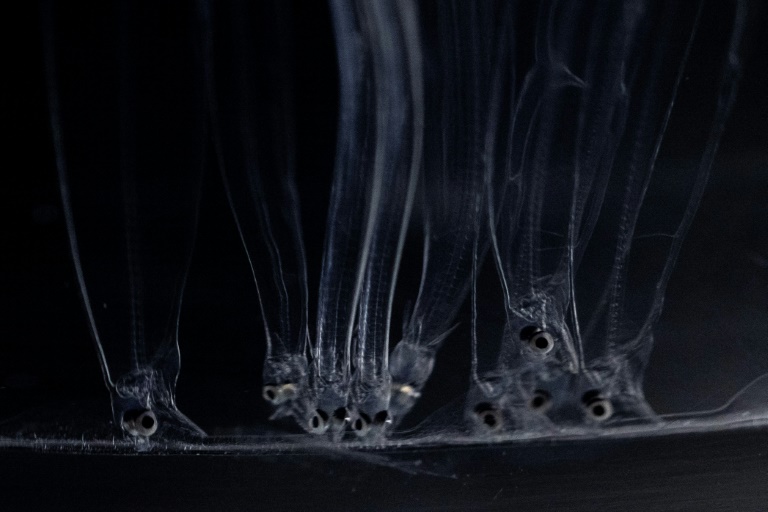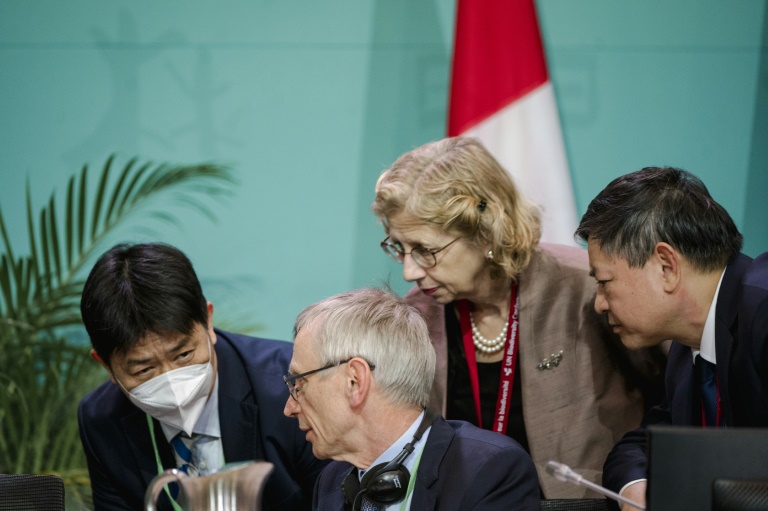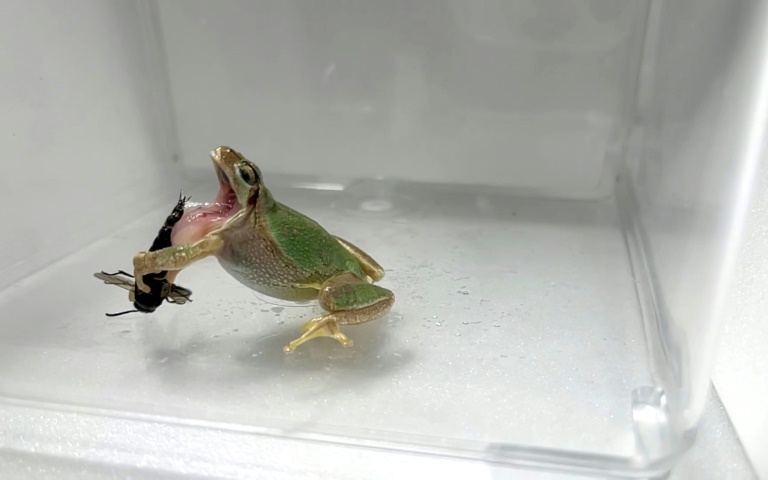Shrinking eel stocks and measures like fishing quotas have helped fuel a billion-dollar black market in the delicacy, dubbed “the greatest wildlife crime on the planet” by one conservationist.
Here are some facts and figures about the global illegal trade in the endangered eel:
$3.3 billion
The estimated annual value of the illegal trade in young eels known as glass eels from Europe to Asia.
The many unknowns about how eels breed, and the fact that they won’t do so in captivity, makes catching and raising their wild-born young the best way to supply eager consumers.
The decline in stocks of the Japanese eel, which is found across east Asia, has forced farms in the region to import European and American glass eels and raise them to maturity for consumption.
The shortages in a food that is a delicacy across parts of Asia have caused prices to soar.
2010
The date that the European Union banned all exports of glass eels outside its borders.
Three years earlier, the European eel was placed in annex II of the Convention on International Trade in Endangered Species (CITES), which regulates commerce of the creature.
The European eel is also on the International Union for Conservation of Nature’s critically endangered list, with its Japanese and American cousins just one category behind, on the endangered list.
One quarter
The Sustainable Eel Group (SEG) organisation estimates that 23 percent of the European glass eels that float to the continent’s shores each year end up being trafficked to Asia, predominantly China.
Scientists believe around 440 tons of European glass eels arrive on the region’s coasts each year, with the EU’s law enforcement agency Europol saying 100 tons was illegally exported to Asia in 2018.
It’s “the greatest wildlife crime on the planet,” says SEG president Andrew Kerr.
100 times
The value of a glass eel, sometimes called “white gold” for the astronomical prices it can command, increases exponentially as it moves along the supply chain.
In Europe, says Kerr, a fisherman might get 10 euro cents for one glass eel, but by the time the creature lands in Hong Kong, its value has increased to one euro.
And after a year being raised in China, the eel is worth 10 euros.
“So you get this idea of a hundredfold increase in the space of a year. And that is why it’s so tempting. The profit is greater than drugs and humans and guns,” said Kerr.
99 percent
Almost all the eel now consumed in Japan comes from aquaculture farms that raise glass eels to maturity, with a miniscule proportion caught as adults in the wild.
Japanese fishermen jealously guard the sites where they seek this precious catch.
108
The number of suspected eel smugglers caught by police from 19 European countries during the 2019/2020 fishing season.
Authorities also seized two tons of glass eels with an estimated value of 6.2 million euros ($7 million) in the same period.
Covid-19
Pandemic disruptions to international air travel have also interrupted a key method of eel trafficking.
Before the global health crisis, “mules” often packed eels into their luggage.
Stuffed into bags of water and oxygen, the creatures were regularly flown from European locations to China, conservationists say.
But even with passengers no longer flying, traffickers are finding alternatives, Europol says.
“During previous operations, many travellers were arrested for smuggling eels in their suitcases. During the past year, this trend has been replaced by cargo transportation,” the agency said in a statement in November.
“It’s a game of cat and mouse,” said Kerr.









